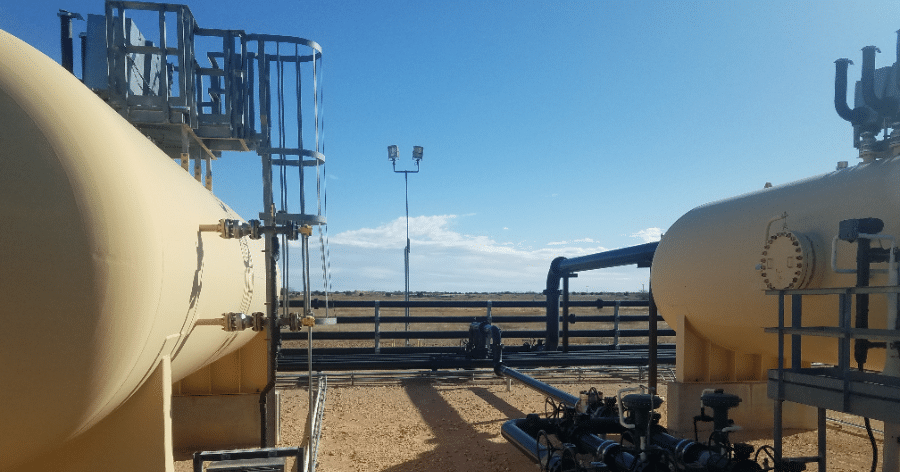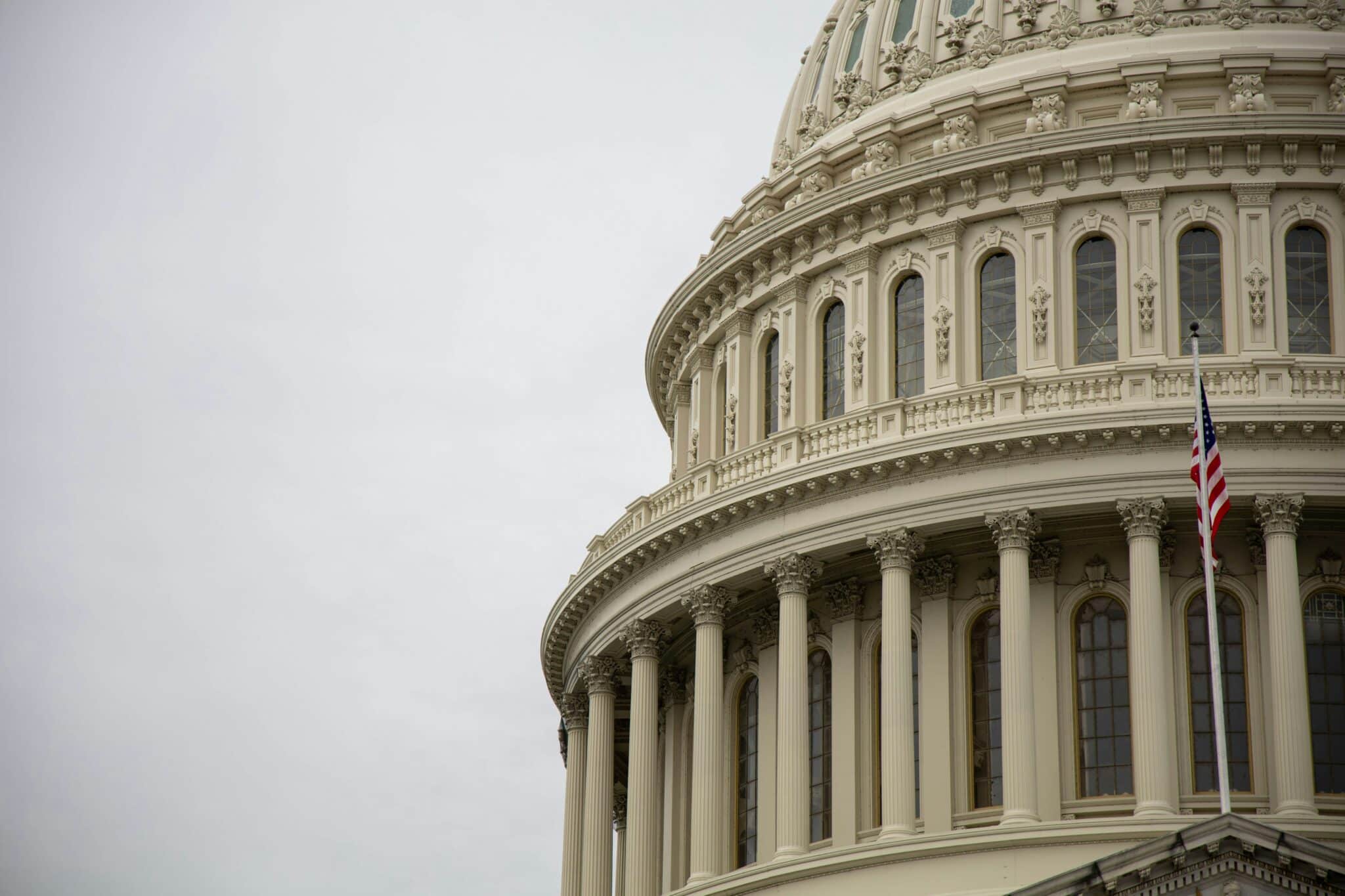The National Flood Insurance Program is insolvent. By the end of the year, it will likely owe at least $26 billion to the U.S. Treasury while only generating roughly $3.6 billion in premiums a year. Already, the program has paid out more than $6 billion in Superstorm Sandy claims (as of the end of May and the claims are not done yet).
While this is not exactly front page news, it is a problem that needs to be addressed. We were happy to see that Congress took some modest steps towards reforming the program last summer when it passed the Biggert-Waters Flood Insurance Reform Act. The reforms did not go as far as we would have liked, but one important change was a shift towards more risk-based premiums rather than continuing subsidized premiums that reward high-risk (and often high-value) properties. But now that these reforms are being put in place, lawmakers representing those long-subsidized high-risk property owners are trying to reverse the modest progress we've made.
The idea behind the National Flood Insurance Program when it was created in 1968 was to provide an alternative to simply providing ad hoc disaster relief funds after floods. The program provides federally-backed insurance to homeowners and business across the country and rather than relying on private reinsurance or catastrophic reserves when claims exceed premium payments, like most insurers do, the NFIP borrows from the U.S. Treasury to make sure claims are paid.
Moreover, premium rates have historically been set to take care of the average historical loss year, which logically would mean the average of the annual losses since the program began. Except it wasn't. The Federal Emergency Management Agency, who administers the program, decided to discard “outlier” years from the calculation, so years like 2005, which had record claims after Katrina, Rita, Wilma and many other storms, were left out. Even more modest, but still significant, loss years, like 2011, were not included in the calculation. This meant premiums weren't high enough to help the program withstand large loss years.
Under the reforms passed last year, FEMA is required to set risk based rates that enable it to collect aggregate premiums to pay for an average historical loss. The real average, no discarding outliers. In addition, many properties (like second homes and commercial properties) would have their grandfathered subsidized rates gradually increased to risk-based rates. In addition, FEMA has been updating outdated flood insurance rate maps to establish the accurate flood risk in various areas. These new maps, coupled with the shift to more risk-based rates means that properties in higher risk areas will have higher rates. In lower risk areas, the premiums might actually be lower.
As a result, the Flood Insurance Program can move toward financial sustainability and more closely reflect the marketplace rather than the government subsidizing risk. There were measures put in place to ensure that the shift would not come all at once, and primary residences that had subsidized rates continue with those rates until the property is sold or new maps are created. Sure, some of those rate increases might be dramatically higher than the prior, subsidized premium rates, but that would be a reflection of the risk to the property owner – and the taxpayer. Furthermore, there are provisions to help property owners mitigate their risk through flood-proofing or elevation, or in some cases, buyouts for willing sellers.
Now several lawmakers are demagoguing the issue of their constituents' sticker shock in an effort to delay the implementation of the rate increases. They bandy about exorbitant premiums that are in excess of $25,000. (It's worth noting that since the maximum level of insurance coverage for a property is $250,000 – plus $100,000 for contents – that this premium would mean the property is expected to be completely destroyed every decade or so).
Not only do these lawmakers want to delay a good reform that is designed to improve the program's financial viability and reduce high risk development, they want to do it at the expense of property owners in lower risk areas. It's simple algebra. The overall premium target would be the same, but since certain property owners would not have to pay their fair share everyone else – those in lower risk areas – would have to pay more to make up the difference.
If there truly is a need to help certain homeowners facing very high premiums, there is a more responsible way to do it. Any assistance would have to come from within the program (no additional taxpayer subsidy), not change the premium rate structure, be temporary and be means tested. This could be accomplished by placing a small surcharge on every policy and using those funds to provide mitigation and premium payment assistance in the short term as rates settle in. That means property owners would still see the market signal of their own risk, the program would be able to start digging out of its hole, aid would be targeted, the taxpayer wouldn't be burdened further, all the while helping property owners deal with their sticker shock.
The flood insurance program is broken. It is hopelessly mired in debt. By attempting to undue common sense reforms, lawmakers are doing their constituents, taxpayers, and the program a great disservice. For NFIP to slip further into insolvency would dramatically undermine support for the program even further and embolden efforts to discard it entirely.
Ryan Alexander is the president of Taxpayers for Common Sense.














Get Social